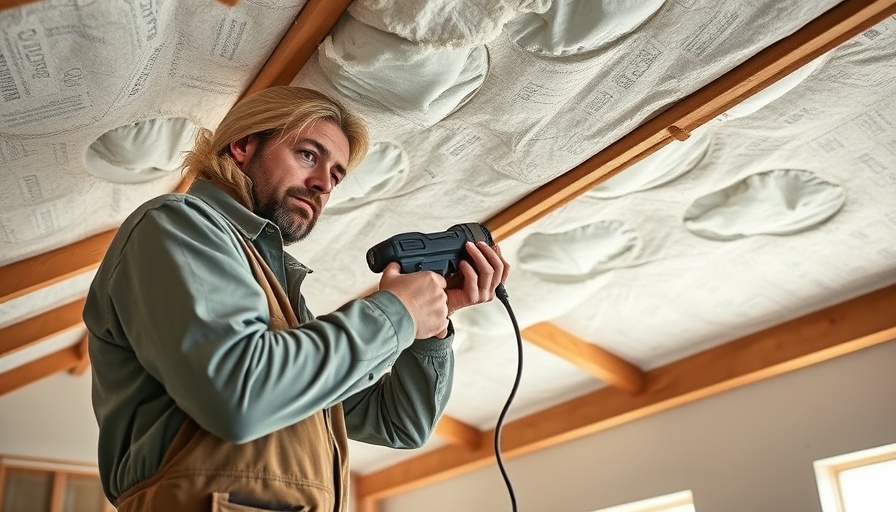
Understanding the Importance of Air Sealing in Cathedral Ceilings
Air sealing is a critical element in the construction of unventilated cathedral ceilings, especially at the wall-to-roof transition. This area can be a significant source of air leaks, leading to energy inefficiency and discomfort in the living space. Proper air sealing not only improves energy efficiency but also minimizes potential moisture problems that can arise in ceilings that lack ventilation.
Materials and Techniques for Effective Air Sealing
To efficiently seal the wall-to-roof transition, builders can utilize various materials such as spray foam insulation and acoustic sealants. Spray foam expands to fill gaps and cracks, providing a durable air barrier while also offering insulation benefits. Additionally, weatherstripping and caulking serve as effective methods to secure seams and openings, preventing air leakage.
Common Challenges and Solutions in Air Sealing
One of the common challenges in air sealing cathedral ceilings is ensuring that the sealing material adheres properly to surfaces. Moisture levels, ambient temperature, and the materials used can affect adhesion and sealing effectiveness. Therefore, it's crucial to follow the manufacturer’s guidelines regarding installation conditions. Regular inspections after sealing can help identify any leaks that may develop over time.
Impact on Energy Efficiency and Home Comfort
Investing time and resources into proper air sealing practices can lead to measurable improvements in energy efficiency. By reducing air leaks, homeowners can expect lower energy bills and increased overall comfort in their living spaces. Additionally, with proper air sealing, the risk of condensation and mold growth reduces significantly, ensuring a healthier indoor environment.
Future Trends in Air Sealing Technologies
As construction technology evolves, so do the products and methods available for air sealing. Innovations such as smart air sealing materials, which respond to moisture and temperature changes, are on the horizon. These advancements promise to provide even greater efficiency and reliability, paving the way for more sustainable building practices.
 Add Row
Add Row  Add
Add 




Write A Comment